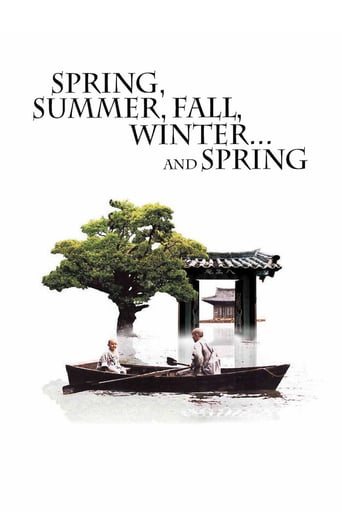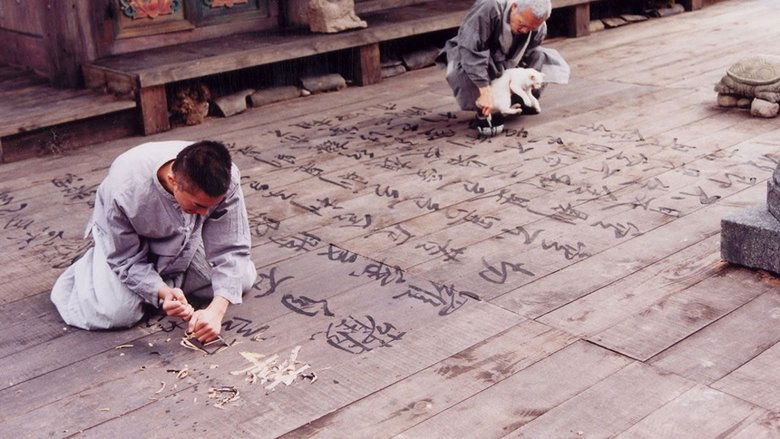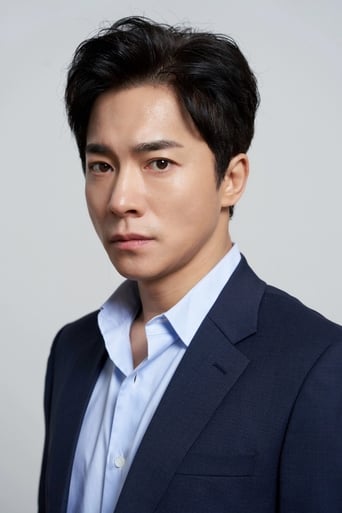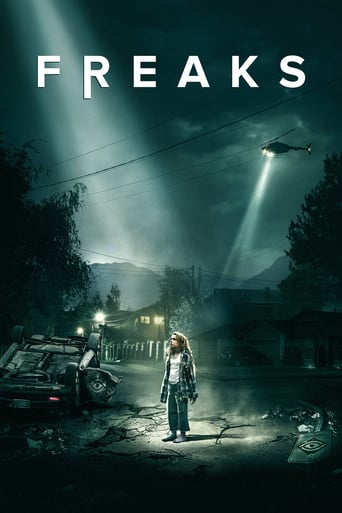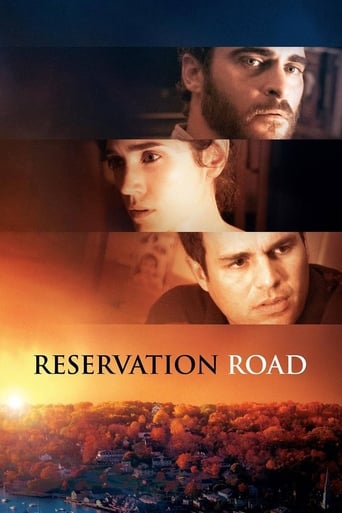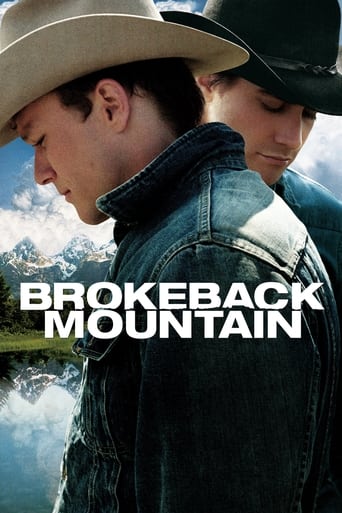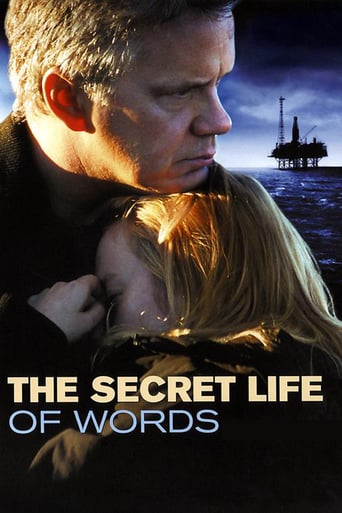Spring, Summer, Fall, Winter... and Spring (2003)
An isolated lake, where an old monk lives in a small floating temple. The monk has a young boy living with him, learning to become a monk. We watch as seasons and years pass by.
Watch Trailer
Cast


Similar titles
Reviews
Purely Joyful Movie!
Great Film overall
Excellent adaptation.
a film so unique, intoxicating and bizarre that it not only demands another viewing, but is also forgivable as a satirical comedy where the jokes eventually take the back seat.
The overall idea of the film is beautiful, but you can find that out in five minutes by reading a summary of what happens. Not worth an 1 hr 45 minutes of your life. Just read a summary and you'll get the same thing out of it. The cinematography is not really very beautiful (which would maybe be a reason to watch the film) and it moves incredibly slowly.
Directed by Kim Ki-duk, and had a lot of positive reviews around the world. This movie tells the story of a person by showing the four seasons of his life which has changed him and taught the philosophy of the Buddhism from his childhood to the older ages. Throughout his life, the Master at the temple was his guide and influenced him. From the start of the movie, an everyday routine of Buddhist monks are shown. Throughout the film, the older master is a representation of a true Buddhist monk, whose views of the world differs from the boy's. He tries to teach the boy through the lesson about pain and guilt, cruel consequences of desire, releasing the anger and about reaching inner peace, but already without being beside. At the end, we can see that the little boy in the past became a master and from spring the cycle begins again with another little apprentice. Through this cycle, I understood that being a person with inner peace is not inborn, but reachable. I want to talk about one interesting thing in this movie. The door which opens the view to the floating monastery, and another two doors in it are actually do not serve as simple doors continued with walls. They are standing alone and anyone could just walk around them. But, mostly people use them as actual doors that help us to enter certain place. Even in the monastery, people sleep behind the doors, open them to look at someone. In my point of view, walking through the door is an established tradition, while breaking this rule is going on a string of desire. I think this symbolizes the teenager, who made a decision in the wake of hormones, and had unexpected consequences. I think the camerawork of this movie should be mentioned. Watching this movie was pleasure because of soft transitions between scenes and stable shooting. Also, cameraman showed the beautiful nature of that forest surrounding the lake and hills. When picture is enjoyable, perception of the movie is always better. The quality of the sound was also good, though the film was shot in 2003. However, the musical accompaniment was not rich. Sometimes, the Buddhist music (?) or sounds come out, but basically they focused on life sounds. Ki-duk said of the film: "I intended to portray the joy, anger, sorrow and pleasure of our lives through four seasons and through the life of a monk who lives in a temple on Jusan Pond surrounded only by nature." To sum up, I would like to say that this movie by Kim Ki-duk is very touching and realistic. All these teachings give an opportunity to all people to get to know with Buddhist religious traditions, philosophy and life of the monks. The story tells us that every monk become himself and reaches inner peace through experiencing and realizing the importance of it. But I think this can be related to anyone, despite the religion, nationality and gender.
Kim Ki-duk continues to solidify his position as one of my all-time favourite directors. Every film I've seen from him has been a unique experience, yet all of them share similarities that make them instantly recognizable as a Kim Ki-duk film.This particular film is one of his best critical successes and in some ways a new direction for him. Most of his films are at least somewhat urban in nature and deal with themes such as sexuality, detachment and the effects of loneliness. And while those themes are also explored in this film as well, it feels different. The story goes that there's a lake up in the mountains, on which floats a small Buddhist temple. A lonely monk takes care of the temple, accompanied by a small boy. The film follows the events of the temple throughout the years, watching the boy grow as the seasons change. Each season is given a clear separate story, a separate mood, a separate set of symbols and omens.In some ways the film can only be understood if you know enough about Buddhism and its particular symbols and teachings. Then again, I certainly didn't, and I still enjoyed the film immensely. I also enjoyed learning about the symbols and meanings afterwards as I was reading about the film.And quite frankly that's about as much as I'm willing to say about the film. Because to say more would ruin the experience. Know that it's not a very fast-paced film. It's not about great characters or complicated dialogues. Rather it's about mood, about ideas, about silence. Very much worth a watch and a great place to start if you're unfamiliar with Kim Ki-duk.
The first thing to say about this film is that visually it's gorgeous. It's set entirely around a lake with a temple that floats on it. It's an incredible location that remains as we make large leaps through time. The film makers have made the absolute most of their location with excellent cinematography. I also really loved the music which varies from ambient to amazing singing.I loved the start of this film, the spring section, it was a very early peak for me. Here we see the student of the temple as a young boy. In terms of child acting this is about as good as you'll ever see. He's allowed to behave in a perfectly natural way, rather than acting, and that gets the absolute best from the section. His childish ways of interacting with the world feel very real, and are both funny and poignant as he learns valuable lessons. The film continues with this more amusing tone as the student moves into maturity. Some of the comedy works really well here, and some of it falls a bit flat. I felt this is where the characterisation of the student fell a bit. The film has a tendency to draw things out in such a way that they can be very effective, but they can also be slightly awkward. The film becomes far darker and more serious, but also wants to retain a darkly comedic element, for me it doesn't quite work tonally. Throughout the film are two constants. The symbolism, and the Master. So much symbolism in this film which certainly adds a level of intrigue as you form opinions as to what the recurring imagery could mean. The director has done a great job of putting these things front a centre without having them be a distraction. The Master is a brilliant character, wonderfully acted. Subtle and mysterious, very little of him is revealed which gives him a wonderful air of mystery. All in all, this is well worth a watch. Beautiful to look at and will leave you pondering once it's finished.

